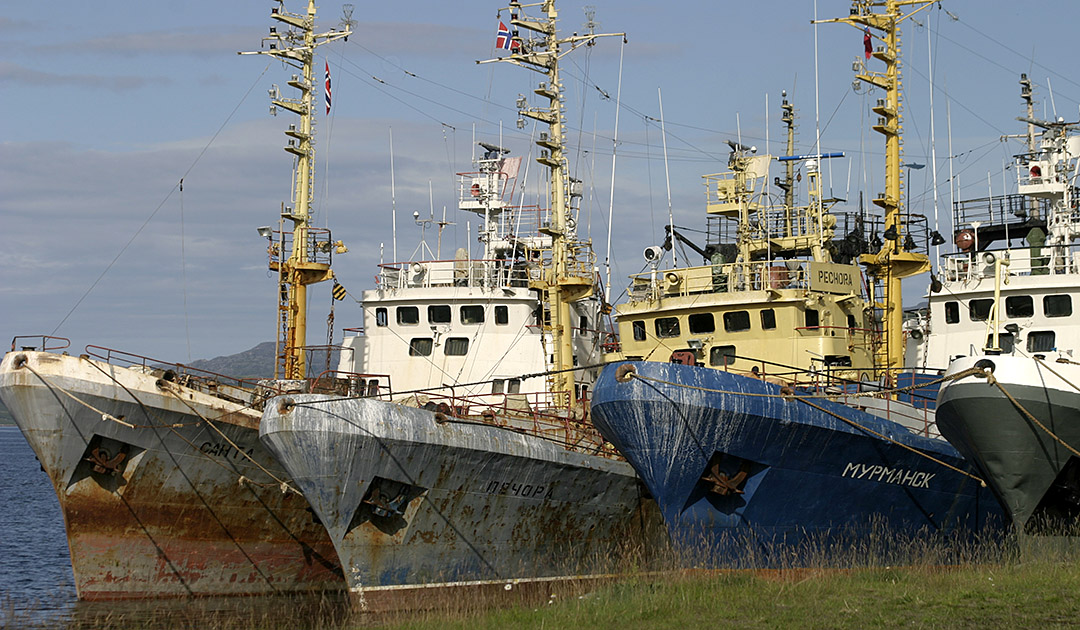
A historic agreement to prevent unregulated deep-sea fishing in the central Arctic Ocean came into force on June 26, 2021, after being signed by several countries in 2018, including Norway, Denmark, Iceland and China. With climate change causing Arctic ice to melt at an alarming rate, the central Arctic Ocean is now opening up to increasing international interest, including the potential for commercial fishing and shipping.

Back in 2012, a group of more than 2,000 scientists from 67 countries signed a moratorium on commercial fishing in the Arctic. Scientists said the loss of permanent sea ice in recent summers has opened up as much as 40 percent of the central Arctic Ocean. However, the area is currently still covered by ice for most of the year and there is still no commercial fishing. However, this could soon change and make industrial fishing profitable if ice loss continues.

The International Convention for the Prevention of Uncontrolled High Seas Fishing in the Central Arctic Ocean is a legally binding agreement. Under the agreement, no commercial fishing may currently take place in the central Arctic Ocean until the parties have a better scientific understanding of the 2.8-million-square-kilometer area and its ecosystem, and measures are in place to regulate commercial fishing.
The agreement will last for the next 16 years until the parties have a better scientific understanding of the area and its ecosystem and measures are in place to regulate commercial fishing. At the end of this period, the contract may be renewed for a further five years, subject to the agreement of the contracting parties.
Heiner Kubny, PolarJournal
More on the subject:





